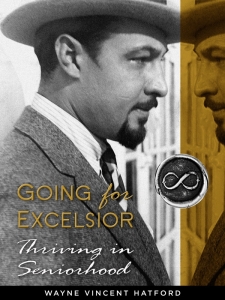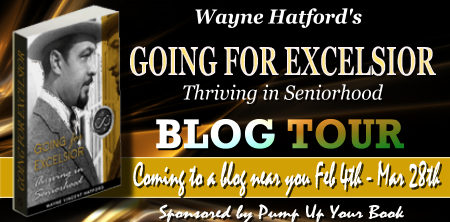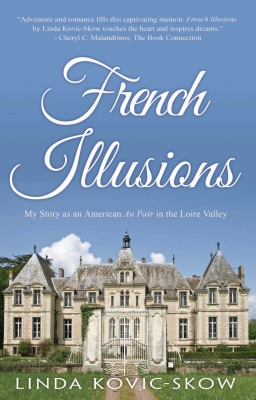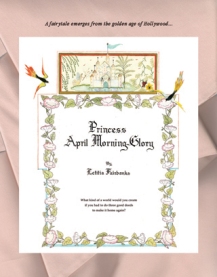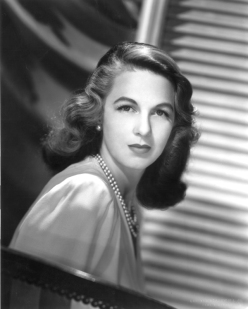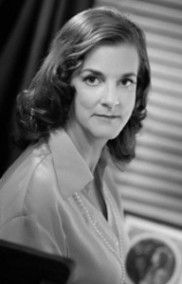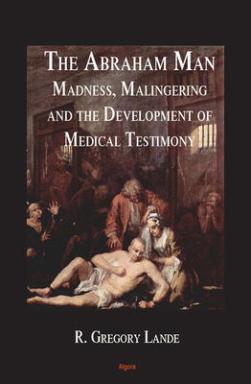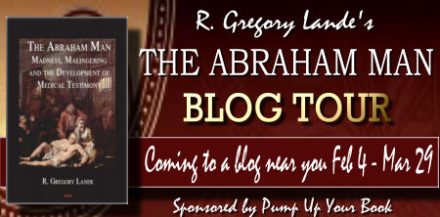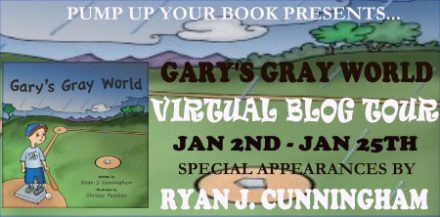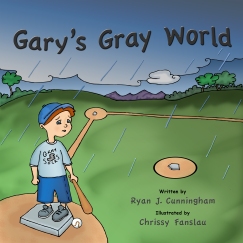About the Author:
Wayne Hatford, B.A. in French and Spanish, M.A. in International Administration, is a teacher, writer, editor and author dedicated to bridging the gap between the physical and non-physical worlds. To that end, he channeled a friend, Janice Horn ~ “Letters from Janice: Correspondence with the Astral Plane” and, more recently, the spirit essence of Rudolph Valentino ~ “Valentino Speaks: The Wisdom of Rudolph Valentino” and “Going for Excelsior: Thriving in Seniorhood,” all of which are available via Amazon.com. Each of these works explores the “Other Side” while offering insight and practical suggestions on how best to make the most of this one.
A life-long student of metaphysics and transformation, Wayne has both taught in public school and been a personal property appraiser. Wayne Hatford now resides in Santa Rosa, California where he and the Valentino essence continue their collaboration.
His latest book is Going for Excelsior: Thriving in Seniorhood.
About the Book:
What if you were as savvy as you could possibly be in matters of aging and, therefore, really soar, breeze through the final chapters of your life with flying colors? The ’senior’ experience, through only the most constructive and creative of lenses! Going for Excelsior” offers practical suggestions for successfully negotiating Seniorhood, a blueprint for active living ~ how to embrace where you’re at in your life, find hidden gems, turn up the voltage. Thriving in Seniorhood is about going beyond what’s expected or being directed at you by the host society and this book provides the reader with the tools and understandings to accomplish that goal. Conundrums solved. The sting removed from such phenomena as dementia and Alzheimer’s. Myths about Seniors debunked. These are only a few of the benefits that can be derived from reading this book which, hopefully, will serve to stretch your consciousness, something that’s rather elastic to begin with ~ in every stage of life.
‘Seniorhood’ ~ Where people often like to perceive us, once we have attained a certain age. Also, where we can choose to thrive, with clarity of purpose ~ and by design!
“Like all those who currently inhabit a body, you, too, are getting ready for Excelsior. Especially allow the 60’s, 70’s, 80’s and beyond of your ages to be magical in this regard, for you to be way-showers, preparing yourselves mentally, physically and spiritually for the next phase. There always is a next phase, by the way, and we are always getting ready for it. You are part of a grand design as am I. There is no other option!” ~ Rudolph Valentino
Purchase Link:
Book Excerpt:
Now, let’s return to the more common definition of Excelsior, the loose packing material that is most associated with the shipping of fine art or antiques. It can come from many sources and, as a result, may have lots of different ‘looks.’ Metaphysically-speaking, however, Excelsior is a container for the soul and, being somewhat porous, allows for entry and exit, not only of the soul itself, but also of vibrations, both ours and those of other people. It might be easier to think of Excelsior as skin, that living, breathing, largest organ of the body whose properties model those of the Veil. Yes, once again our skin is a version of the Veil, that curtain of energy that separates the dimensions and whose function also is, under certain circumstances, to allow energy to pass through it. Our skin shields us from danger, yet it also allows us to shine our Light. Have you ever heard someone say that so and so’s skin was translucent? All of our skins are translucent. We shine, projecting the inner spark that is soul to the outer world while, at the same time, receiving Light from others, those we encounter in our daily lives. This is how we determine who to interact with, by what our impressions are of their Light. If, for example, we feel inundated or limited by their presence, it’s a sign that we ought to move on. So it’s about the quality of Light of each soul, which is the determining factor. This does not mean, however, that some souls have inferior Light. Rather, it simply signals that their frequencies are very different from ours and, as a consequence, are experienced as jarring. The converse could also be true ~ that we, too, might upset the applecart because our vibrations are not all that harmonious with theirs.
The following is perhaps a heady idea but, I think, very apropos. In lots of new age books, individual souls have often been referred to as Light workers. Indeed, that is exactly what we are, always putting on a show for our fellow travelers, those who happen to be in the body at the same moment as we. The skin, or Excelsior, monitors this so-called Light show, mostly on auto-pilot, but sometimes with the greatest of attention on our parts. What is it that throws the switch or adjusts the rheostat? A combination of factors, including, but not limited to, our own free will, emotional state of being and current degree of alignment. If we’re in sync with ourselves and our environment ~ in the flow, of course we glow. The soul is electric, like a dynamo or atom, independently functioning forever, and one of its modalities is to shed Light. That’s right, a soul cannot die, what we all know inside. It’s only the body that is capable of carrying out that task.
If you will, take a moment to focus on the porous nature of the skin. Not only does the soul make one definitive entrance and exit per physical body, but also countless others that are far more casual, such as each time we fall asleep or wake up. Yes, our soul or consciousness goes off to play in the Astral, in the so-called dream world when we sleep while remaining tethered to the physical body. It’s only when we die that the connection is broken and the soul can no longer re-enter the body. Some of you are more aware of the phenomenon of constantly leaving the body to dream than others. In the state we call half-sleep, people often sense their consciousness either floating close to the body or re-entering it with a thud when they suddenly awake. The skin, or Excelsior, breathes too, though in a more subtle way, in and out, mimicking the work of the lungs. Interesting that it’s the lungs, heart and skin that are the last bastions of movement before the body becomes inert, what we label as dead. At the very instant the first two stop working, the skin is poised to exhale the soul, ready to perform its final function.
Think of the skin that covers our bodies as millions of tiny mirrors, fractals with dampers that can be opened and closed at will. Yes, that is what we do when we emit Light, reflect it through the pores of our skin, and they are also the pathway for the Light of others to reach us. We are like solar panels then, forever in the process of reflecting and absorbing. What an exquisite landscape we wear! Who knew that packing material had such beauty, form, and function?
Going for Excelsior Tour Page:
